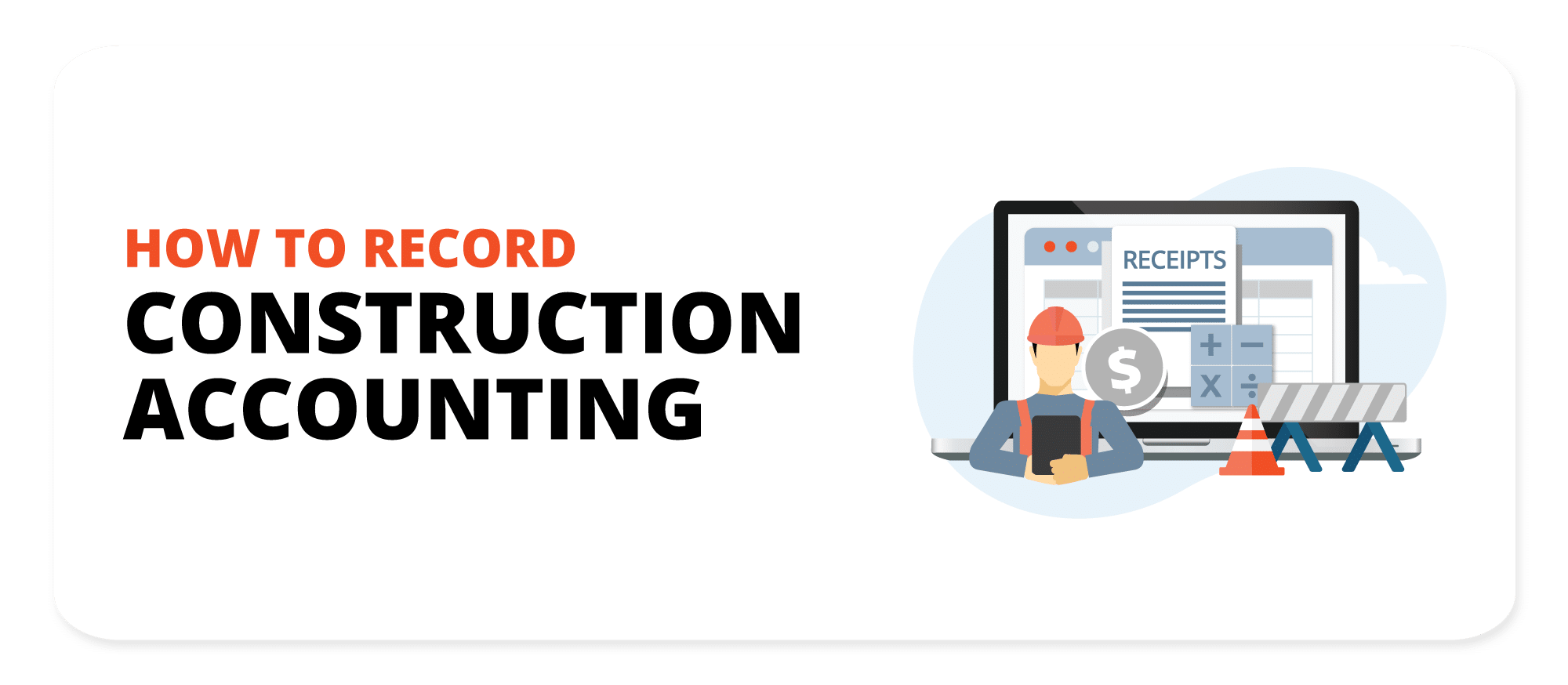Mastering Construction Accountancy: Necessary Tips for Financial Success in the Industry
Mastering construction audit is an essential element for economic success within the market, as it includes numerous methods that directly impact job earnings. Discovering these ignored approaches may reveal chances that could change your technique to construction accountancy.
Recognizing Construction Accountancy Fundamentals
Recognizing the fundamentals of building and construction accountancy is important for efficient task management and financial oversight in the building sector. Building accounting differs considerably from typical accounting techniques as a result of the one-of-a-kind difficulties positioned by project-based job, consisting of variable costs, changing timelines, and intricate governing demands.
A crucial aspect of building and construction accountancy is work setting you back, which entails monitoring expenses for every specific task. This approach allows contractors to accurately examine profitability and make notified financial decisions. In addition, building and construction accounting incorporates the usage of development invoicing, where invoices are issued based on the percentage of job completed, guaranteeing capital is maintained throughout the task lifecycle.
An additional essential part is the management of change orders, which stand for alterations to the original contract extent. Appropriate documentation and accountancy for these changes are vital to avoid financial conflicts and make certain exact project budgeting.
Last but not least, recognizing the relevance of conformity with market regulations and tax obligation requirements is extremely important. Exact financial reporting and adherence to accounting standards not only guard against lawful issues but also enhance the reputation of building and construction companies. Understanding these essentials sets the foundation for reliable monetary monitoring within the building sector.
Effective Task Budgeting Techniques
Reliable job budgeting strategies are crucial for making sure that building jobs stay economically practical and on track. A well-structured budget offers as a roadmap, assisting job supervisors with the intricacies of building expenses.
Following, employing historical data from previous jobs can considerably improve the precision of budget price quotes. By examining previous expenditures, groups can identify price trends and potential risks. Involving stakeholders during the budgeting process cultivates transparency and secures buy-in, which can alleviate disagreements later on.
Furthermore, taking on a detailed line-item budget permits for precise monitoring of prices connected with materials, labor, and expenses. This granularity enables task managers to determine variances early and change approaches accordingly. Additionally, integrating contingency allowances within the spending plan can assist account for unforeseen costs, securing the job versus monetary strain.
Finally, regular spending plan evaluates throughout the project lifecycle make sure that economic objectives continue to be straightened with task objectives, promoting prompt treatments when necessary. Applying these methods can substantially add to the financial health and wellness and success of building and construction jobs.
Streamlining Expense Tracking Processes
Accurate price monitoring processes are necessary in the construction industry, as they frequently identify the monetary success of a project. Efficient tracking permits task supervisors to check expenditures in real-time, guaranteeing they continue to be within budget plan and can make enlightened choices promptly. To simplify these processes, it is essential to embrace an organized approach that integrates innovation and well established protocols.
First, using specific building audit software application can automate data entrance and coverage, decreasing human mistake and raising effectiveness. construction accounting. Such software program frequently consists of attributes for tracking labor, materials, and subcontractor prices, giving a detailed view find more of job expenses
Second, standardizing procedures for tape-recording prices throughout tasks boosts uniformity and streamlines analysis. Establishing a clear chart of accounts customized to the unique requirements of building and construction tasks can assist in accurate classification of expenses.
Last but not least, regular training for personnel on the value of specific expense tracking and the tools made use of while doing so promotes liability. By applying these techniques, building companies can considerably enhance their cost tracking processes, causing enhanced financial control and task earnings. Inevitably, a well-structured method to cost tracking lays the groundwork for effective task administration and long-term economic sustainability.
Handling Cash Circulation Efficiently

Consistently keeping track of capital statements is essential. By analyzing cash money inflows and outflows, businesses can identify patterns and prospective shortfalls. This method assists in timely adjustments to investing or settlement schedules, protecting against cash shortages that could threaten job timelines.

Last but not least, preserving an economic cushion or line of credit history can provide a safety and security web during lean periods. Utilizing these approaches will bring about a more stable economic foundation, making it possible for building companies to browse the industry's fundamental unpredictabilities with higher self-confidence.
Staying Clear Of Usual Audit Mistakes
In the complex landscape of building and construction bookkeeping, avoiding usual risks is vital for maintaining economic integrity and project success. Building projects often entail many purchases, and failing to document them effectively can lead to disparities and financial losses.
Another risk is the mismanagement of adjustment orders. Adjustment orders are a natural component of building projects, however without correct accounting for these changes, companies might struggle to recoup prices. Establishing a clear process for recording and accepting adjustment orders can alleviate this threat.
Furthermore, ignoring to fix up accounts consistently can result in imprecise economic declarations and impede decision-making. Normal settlement makes sure that documents line up with financial institution declarations and job documentation.
Lastly, ignoring tax obligation obligations can have extreme consequences. It is vital to stay notified regarding tax obligation policies particular to the building and construction sector, consisting of sales tax on materials and labor.
Conclusion
Understanding construction accounting is essential for achieving economic success within the market. By applying efficient job costing, using development payment, and maintaining thorough documents for change orders, companies can improve economic management. The assimilation of specific accountancy software even more enhances price monitoring, while normal budget plan reviews guarantee that financial goals stay straightened. Focusing on compliance and attending to usual accountancy challenges solidifies reputation and supports long-lasting productivity, eventually fostering a sustainable competitive benefit in the building and construction industry.